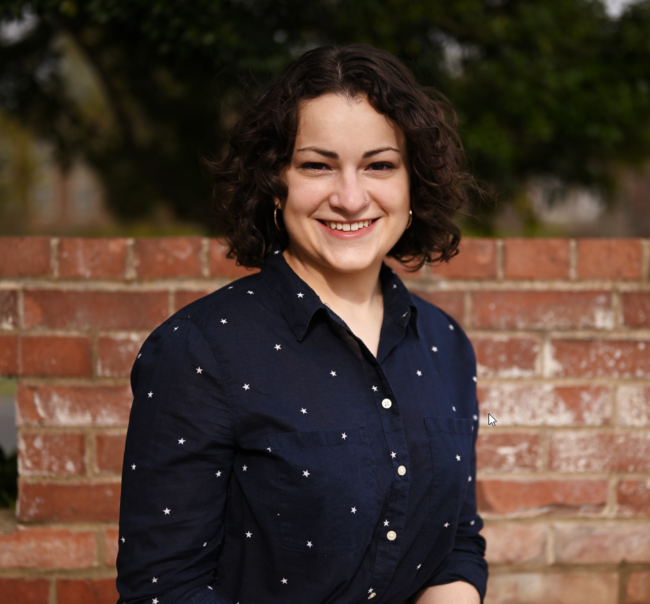Dissertation Defense: Elena Kovalik, Interdisciplinary Materials Science
 DISSERTATION DEFENSE
DISSERTATION DEFENSE
Elena Kovalik, Interdisciplinary Materials Science
*under the direction of Jason Valentine
“Electrochemically Actuated Metasurfaces for Low-Power Nanophotonic and Energy Storage Devices”
08.09.24 | 11:00AM | 044 Engineering Science Building
In an age of ubiquitous access to information, metamaterials offer a solution to a wide range of information display needs. Notably, metamaterial-based structural color promises vivid coloration across a broad color gamut, promising fade-resistance and a reduced environmental footprint. However, once structural parameters are set using traditional fabrication methods wavefront operations cannot be modified. In recent years, active elements have been incorporated into metasurface geometries to enable broader functionality controlled by an applied stimulus. In particular, electrochemical ion insertion allows for reversible carrier doping, volume expansion, and phase transition within the same system, and is an attractive actuation mechanism for a meta-optic platform. The research presented here aims to elucidate this platform by studying the use of electrochemical ion insertion and associated lattice modification to manipulate dielectric structural color within the visible spectrum. This study begins with amorphous silicon as a lithium-ion host material, due to its outstanding specific capacity and volumetric expansion during alloying. By designing a silicon structural color metasurface and monitoring its optical response in real time during ion insertion, we demonstrated continuous color bleaching and restoration while simultaneously establishing color resilience after irreversible capacity loss and energy storage ability. In contrast to silicon, anatase TiO2 offers ion hosting ability without associated volume expansion effects and reduced losses at visible frequencies, offering another attractive platform for electrochemically actuated structural color. Here, switching times were improved by minimizing diffusion distances and selecting H+ as a dopant for increased diffusivity in the material. The resulting device improved coloration time by an order of magnitude over actuation times for Li-ion insertion based active structural color. This dissertation demonstrates that electrochemical ion insertion is a viable method for dynamic structural color metasurface operation, and shows that improvement in color shifting, switching timescales, and energy storage ability are possible with the right host material, ion, and electromagnetic unit cell design.
